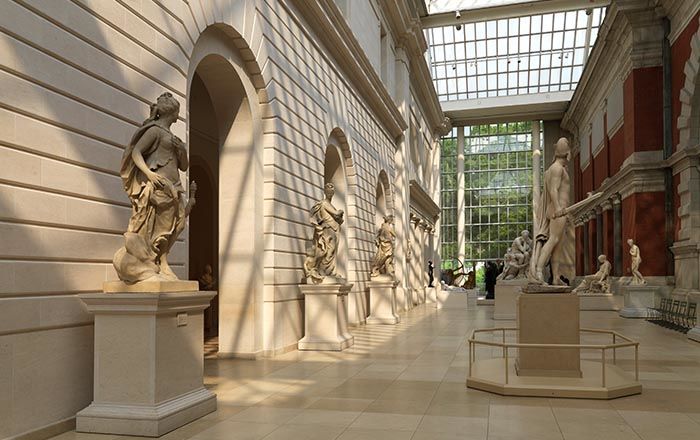Bust of the Emperor Hadrian (Publius Aelius Hadrianus, 76–138 A.D.)
Not on view
The carver's skill is manifest in his coaxing the strata to produce tiny spirals on the emperor's clasp, yet his drill went too far in fashioning the forehead and nose.
The Italian Renaissance brought with it a wholehearted embrace of classical antiquity throughout the fifteenth and sixteenth centuries. Emulation of ancient cameos played a large part. Carvers invested ancient myths with increasingly refined compositions and techniques, paying close attention to the latest archaeological discoveries. Demand for Italian carvers took them to all the courts of Europe. Milan in particular developed a taste for cameos with wondrous atmospheric effects.
This image cannot be enlarged, viewed at full screen, or downloaded.

